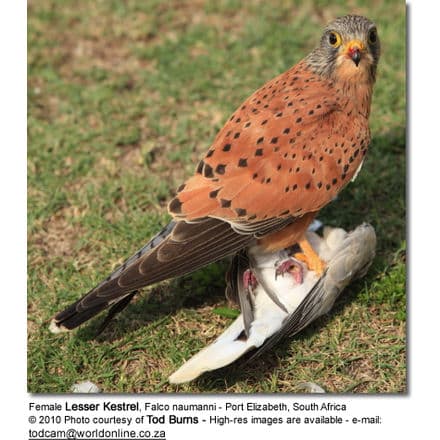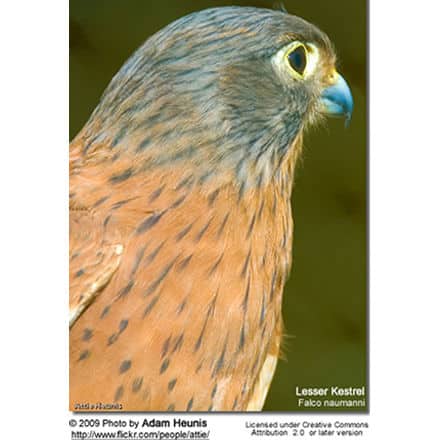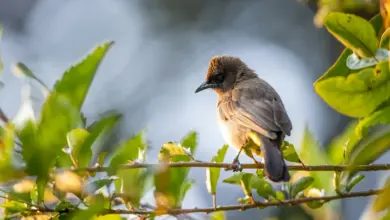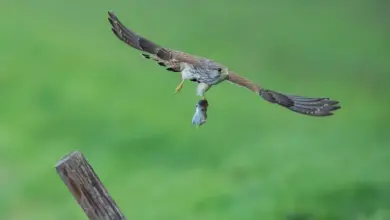Rock Kestrels
The Rock Kestrels
The Rock Kestrels (Falco rupicolus) – also known as Eurasian (Rock) Kestrels, Rhode’s Kestrels or South African Kestrels – are the most abundant of the small falcons found in southern Africa, where they are most common in the dry west and in the south. They appear to favor rocky terrains – hence this species’ common name.
These conspicuous birds-of-prey are often seen perching on electricity poles along the roadside.
The Rock Kestrels were previously considered a subspecies of the Common Kestrel (Falco tinnunculus); however, based primarily on genetic testing performed by Groombridge et al. (2002) and supported by marked differences in plumage and ecology between Rock and Common Kestrels, this form is now treated as a full species.
Alternate (Global) Names
Afrikaans: Kransvalk … Dutch: Torenvalk … German: Turmfalke … French: Faucon crécerelle, Faucon sud-africain … Kwangali: Kakodi … Polish: pustu?ka skalna … Portuguese: Peneireiro-vulgar … Slovak: sokol savanový … Shona: Rukodzi … Sotho, Southern: Seotsanyana … Spanish: Cernícalo Africano … Swedish: Klippfalk… Tsonga: Kavakavana … Tswana: Phakalane … Xhosa: Intambanane … Zulu: uMathebeni
Distribution / Range
Rock Kestrels occur naturally in southern Africa; from northwestern Angola east to southern Democratic Republic of Congo and southern Tanzania, south to South America. They are quite common in Namibia, South Africa, Botswana, Swaziland, Lesotho and central Mozambique.
Most breeding occurs in the southwestern portion of the range. Post-breeding movements to north-east to Botswana, Zimbabwe and north-eastern South Africa have been observed – probably in response to rainfall patterns and abundance of prey. Some populations occur year-round in Botswana.
They are found in a wide range of habitats; however, seem to favor mountainous, hilly, and rocky areas.
Description
The Rock Kestrels measure about 13 – 15.5 inches (32 – 39 cm) in length and have a wingspan of about 26 – 32 inches (65 – 82 cm).
Males are less heavily marked than the otherwise similar members of the Common Kestrel (Falco tinnunculus) group; the back is a brighter chestnut color; and the plumage below is bright chestnut that contrasts with the nearly unmarked white underwings.
The females have grey heads and tails, and the backs are spotted rather than barred – distinguishing them from the Common Kestrel (Falco tinnunculus) group. They tend to have more black bands in the central tail feathers than males.
Breeding / Nesting
Most nesting activities are observed from August through January – peaking from August to October in the south-west and September to November in the south-east.
Rock Kestrels generally make their nests in cavities of rocky cliffs or on the ledges of cliffs and occasionally on buildings. They may also use the nests of other birds, such as crows and ravens, placed on trees or man-made structures.
A clutch consists of 1 -6 eggs. The incubation period is about 27 – 31 days and is undertaken by the female alone while the male feeds and protects the brooding female. Once the young have hatched, he provides food and protection for the young as well.
They young fledge when they are about 30 – 36 days old; but are not fully independent for another 40 days. Typically only one brood is raised in a season.
Diet / Feeding
Their diet typically consists of small mammals (rodents), small birds up to the size of Rock Pigeons (Columba livia), insects (such as grasshoppers and beetles) and reptiles (including snakes).
Rock Kestrels mostly hunt in open areas from elevated perches, such as telephone poles or tall trees. Or they may hover while in flight to inspect the ground below; and generally catch their prey by pouncing on them on the ground. They also hawk prey aerially (= catching prey in flight).
Birds of Prey … The Sport of Falconry




